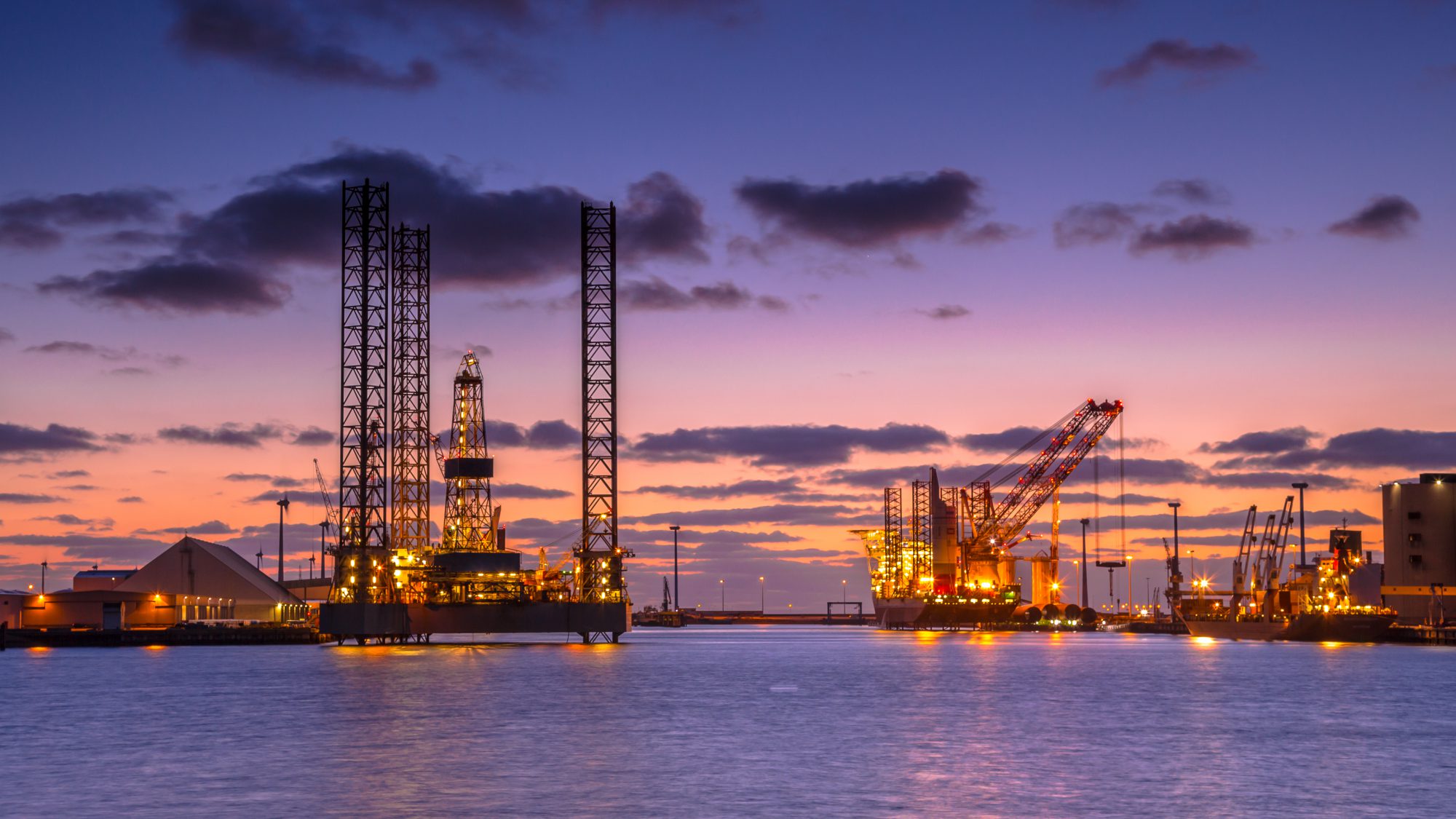In the complex world of offshore oil and gas production, one of the most formidable challenges is the formation of gas hydrates. These ice-like compounds, formed when water molecules cages trap gas molecules, can severely disrupt the flow of hydrocarbons through pipelines. Gas hydrates typically form under high-pressure and low-temperature conditions, such as deep-sea environments, making them a persistent issue in offshore production systems.
The Problem of Gas Hydrates in Offshore Pipelines
Gas hydrates can develop in multiphase flow lines—pipelines that carry a mixture of gas, oil, and water—leading to blockages that can halt production. As oil and gas exploration ventures into deeper waters, where pipelines are longer and conditions are harsher, the risk of hydrate formation increases. These blockages disrupt the flow of hydrocarbons and pose serious safety risks. If not managed properly, a hydrate plug can dislodge and move down the pipeline at high speed, potentially causing catastrophic failures, equipment damage, and even loss of life.
Traditional methods to prevent gas hydrate formation often involve chemical inhibitors. However, these methods can be expensive and environmentally harmful, especially under extreme conditions. Moreover, the effectiveness of conventional inhibitors can diminish in high-pressure, low-temperature environments, which are common in deep-sea operations.
The Role of DragX in Preventing Hydrate Formation
This is where DragX comes into play. DragX, a cutting-edge nanocomposite surface treatment developed by Oceanit, offers a promising solution to the problem of gas hydrates in offshore pipelines. By applying DragX to the internal surfaces of pipelines, operators can significantly reduce the likelihood of hydrate formation.
DragX creates a hydrophobic surface that prevents water molecules from adhering to the pipeline walls. This disruption of the initial conditions required for hydrate formation can drastically reduce the formation of these blockages. Furthermore, DragX’s omniphobic properties ensure that water and other potential hydrate formers, such as carbon dioxide (CO2) and methane (CH4), are less likely to interact with the pipeline surfaces, thereby mitigating the risk of hydrate formation.
Advantages of DragX Over Traditional Methods
Unlike traditional chemical inhibitors, which require continuous injection and can be costly, DragX offers a long-lasting solution with minimal environmental impact. The nanocomposite surface treatment of DragX is designed to withstand the harsh conditions of deep-sea environments, including high pressures and low temperatures. This makes it an ideal solution for preventing gas hydrates in offshore pipelines.
Additionally, DragX can be applied during the pipeline manufacturing process or as a retrofit to existing infrastructure, providing flexibility in its deployment. Its ability to enhance flow efficiency and reduce drag within the pipeline also contributes to overall operational cost savings, making it a cost-effective solution in the long run.
As offshore oil and gas production continues to push into deeper waters, the challenge of gas hydrate formation will only grow. Traditional methods of preventing hydrates are becoming less effective, and the need for innovative solutions is more critical than ever. DragX represents a significant advancement in pipeline protection technology, offering a robust, environmentally friendly, and cost-effective solution to the persistent problem of gas hydrates. By incorporating DragX into their pipeline infrastructure, operators can ensure safer, more efficient, and more reliable energy production, securing the future of offshore exploration. Reach out to us here for more information on DragX.

